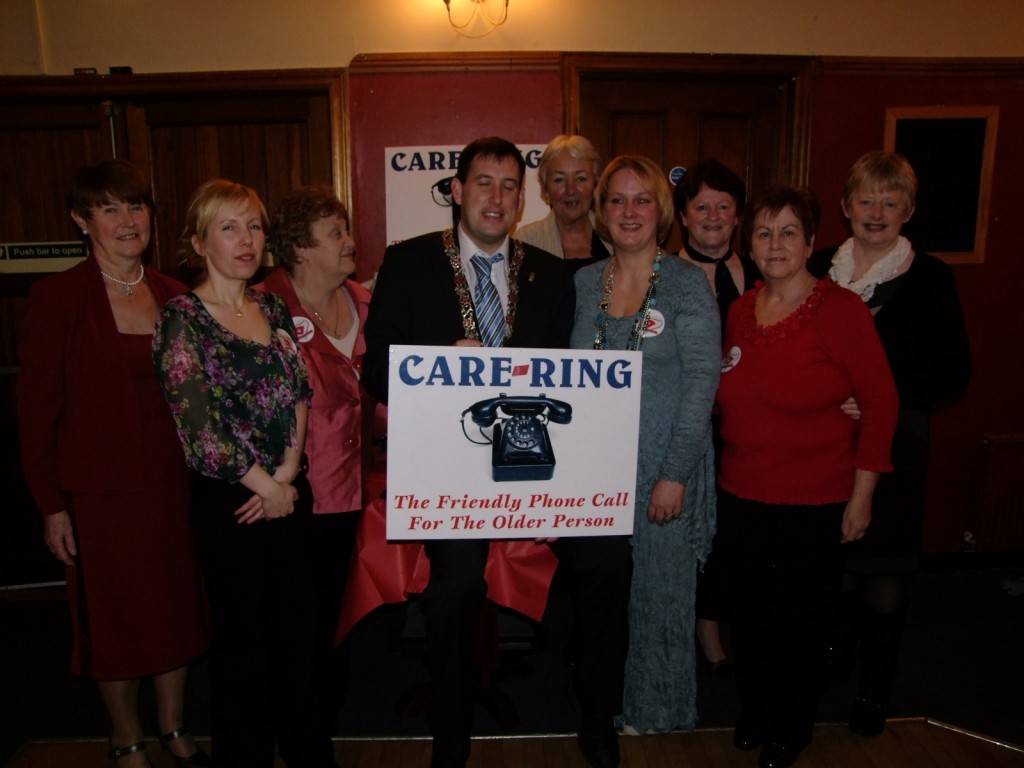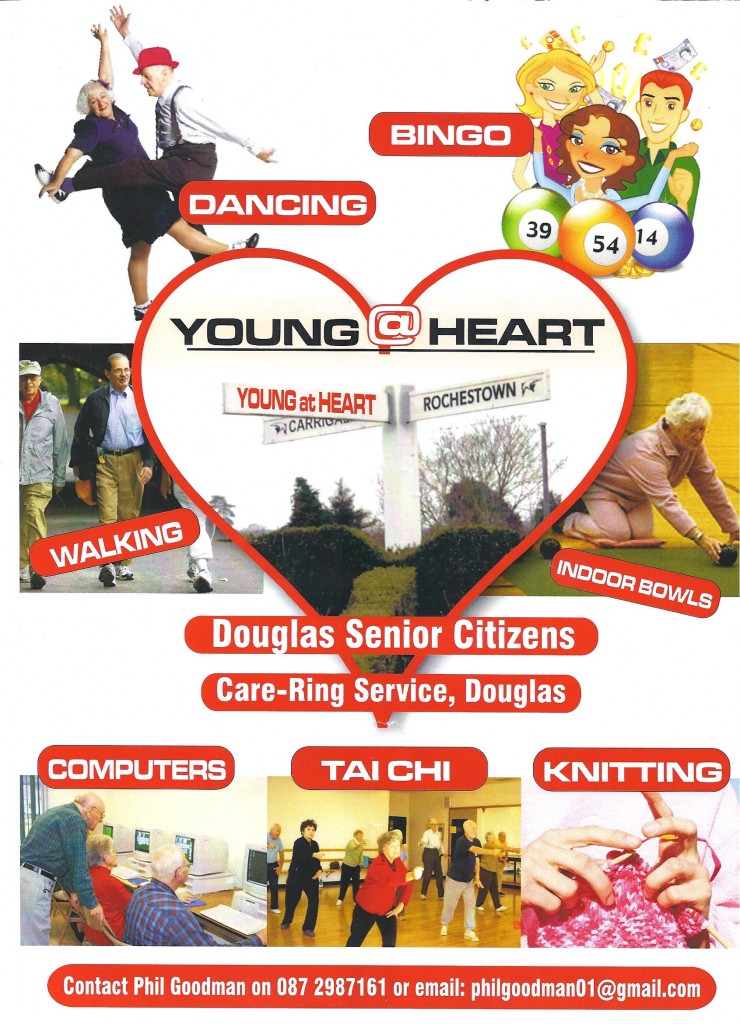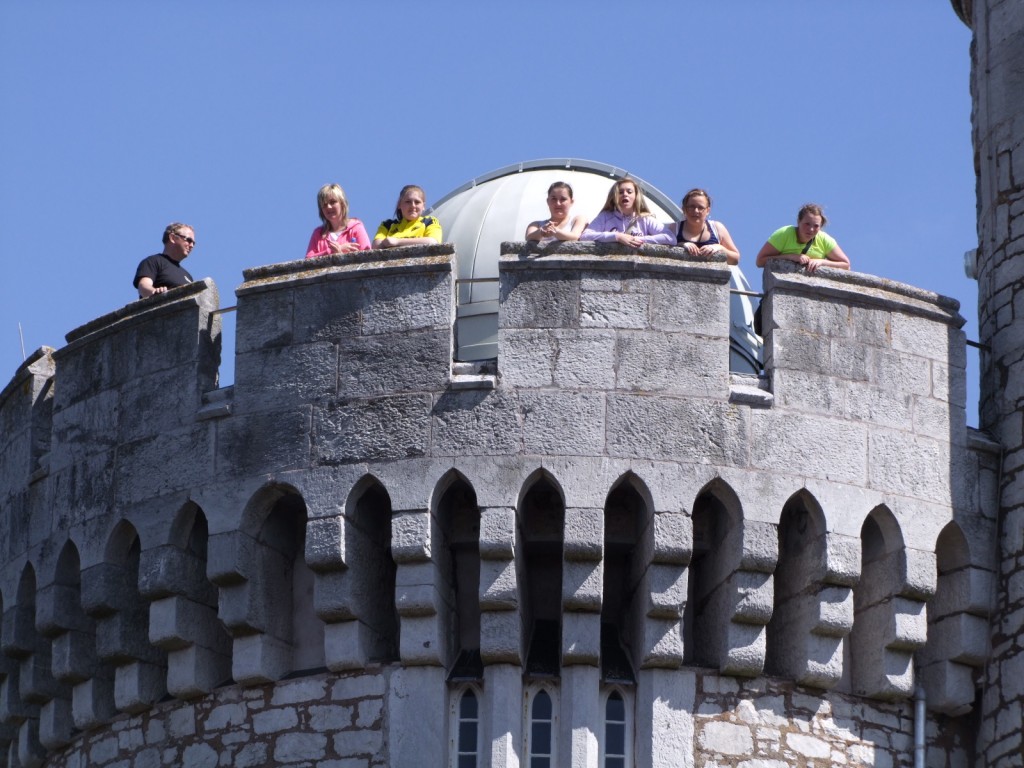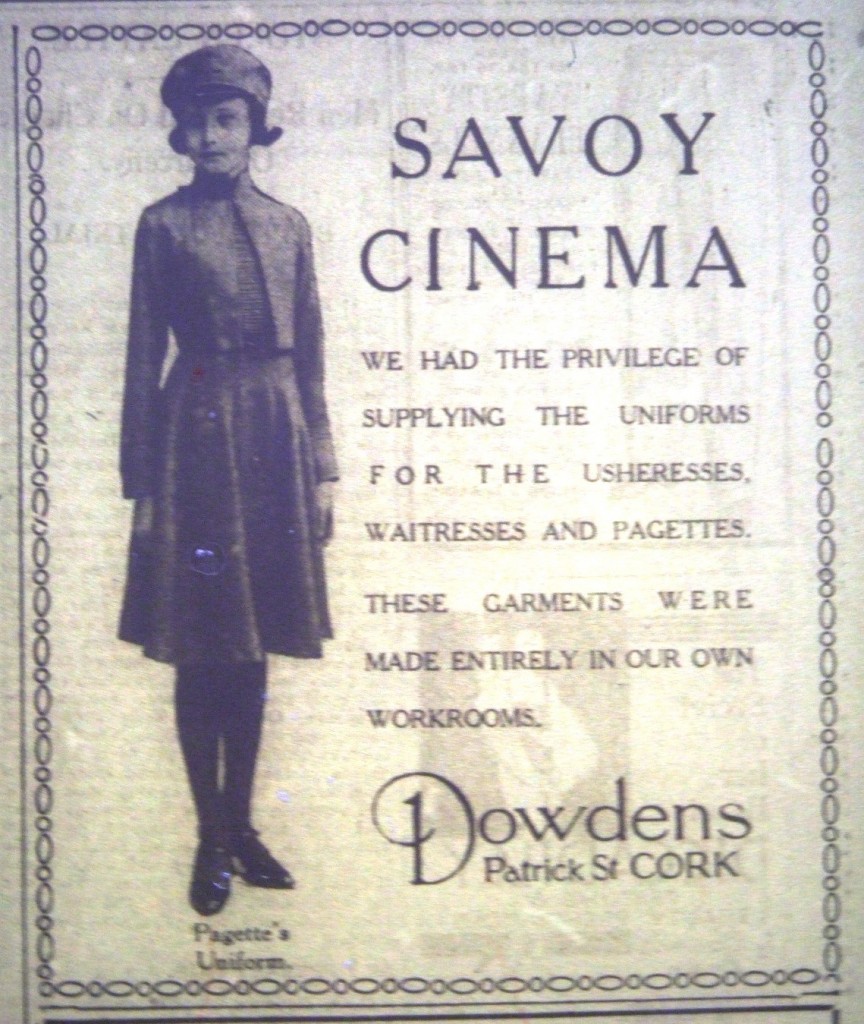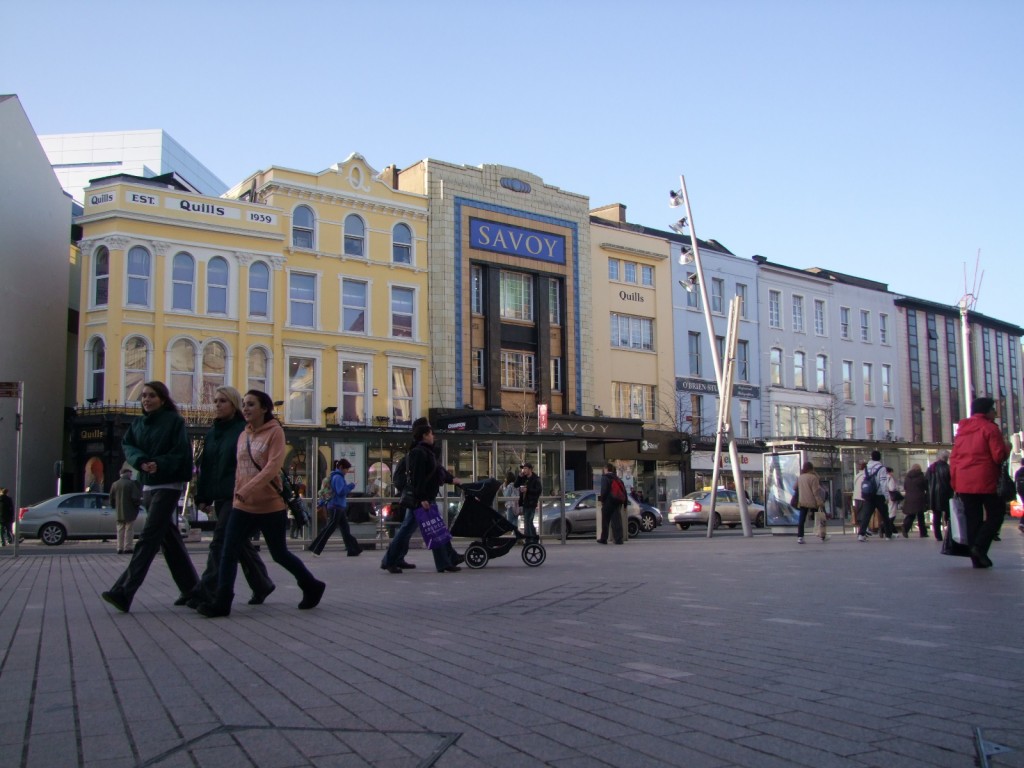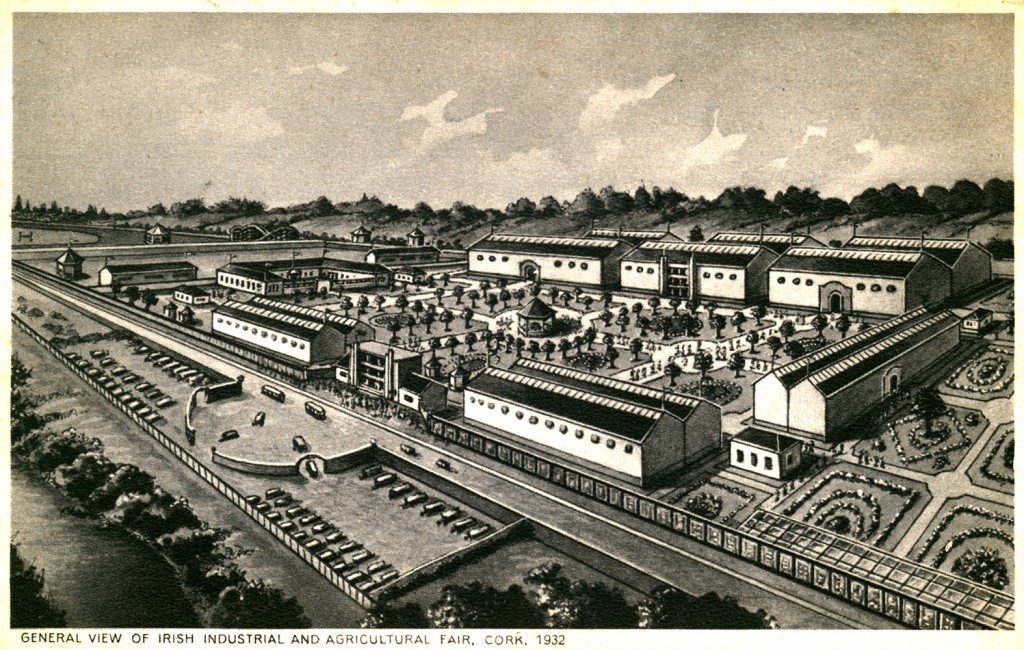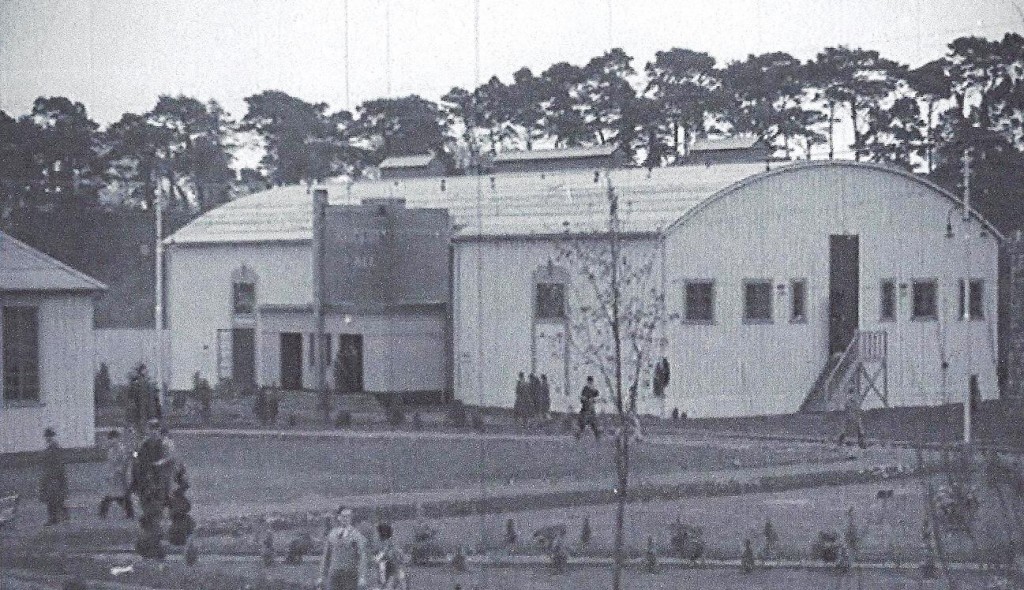Last night I had the pleasure of deputising for the Lord Mayor at the offical launch of Care-Ring, Douglas at St. Columba’s Hall, Douglas.
CARE ring Douglas operates from Douglas community centre, the service will provide a friendly social phone call for older people living in Frankfield ,Grange, Donnybrook, Rochestown, and Douglas. The service will be two –fold firstly to provide social contact secondly to have a conversation.
The caring model is simple, innovative and has been designed to be implemented within the community. The form of social contact is not of an intrusive nature. Indeed it is welcomed by the participants. Supported by volunteers who under went extensive training by the HSE. All volunteers under go Garda vetting. This service is a link for people who are unable to leave their homes, also for people who may feel lonely and isolated especially in winter. We will also provide information on all services within the community.
Phil Goodman, organiser notes “personally I saw a need in our community for such a service. It gives me great pleasure to see my vision realised. For more information regarding this free and confidential service or to enquire about an application form just contact me on 4363867.”
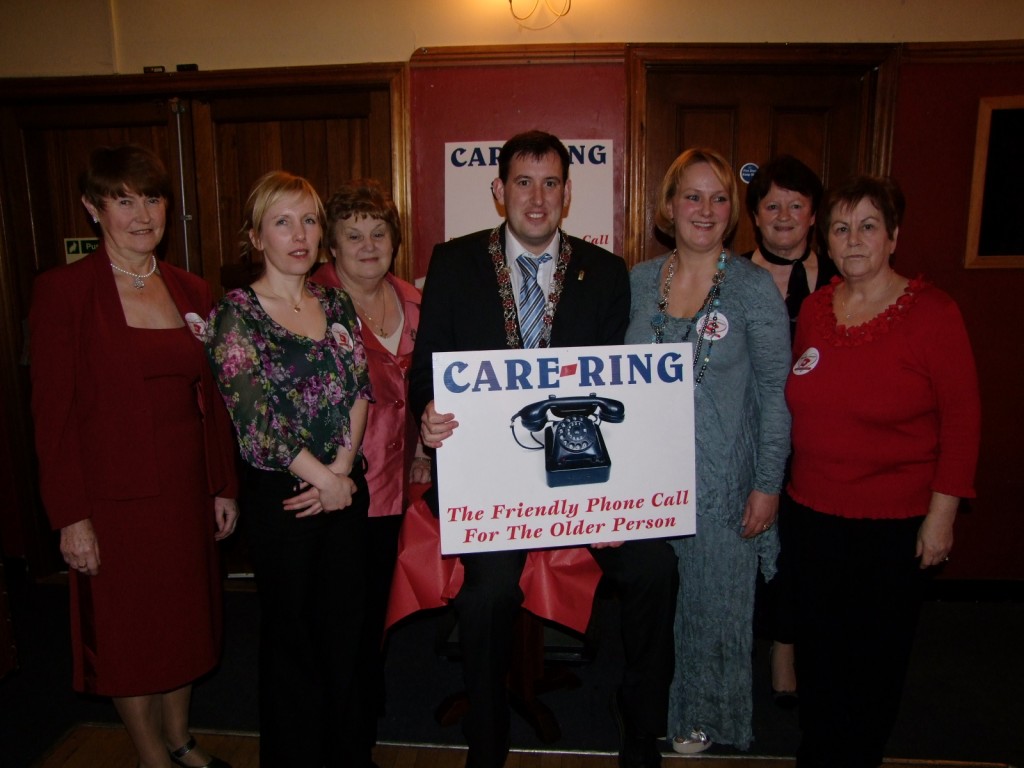
Extract from Kieran’s speech at the launch of Care-Ring, Douglas, 7 February 2011
Care Ring
Phil in her press release for Care Ring calls for active citizenship, calls for taking ownership of one’s life and the country’s direction.
With this noble call she opens up an interesting debate on what type of people we need to be to move forward. The present debate on what this country needs to do economically and how we need to do that is very relevant
But Phil calls for building change as well at grass roots level, to restore some kind of pride in ourselves – to debate yes and call for answers in our political and economic landscapes but not to become bitter to the point that we remain negative in everything we personally do.
The country, yes, badly needs a plan but so do Irish communities. We need leaders in our communities to show us alternatives in our lives – to show part of our lives that perhaps we have never explored – to help us to connect to other people so perhaps each one of use at a minimum is illuminated by advice or a nugget of wisdom… and that we have the ability to be open minded to other people and other ideas. Ultimately, people do need direction, something to work toward.
Happy productive life:
Ultimately, I reckon when you think about your life, to live a happy productive on a minimum basis and whether we deem a need for them or not-
We need to be listened to and to listen… we need to be inspired and to inspire… we need to be encouraged and to encourage… be empowered and to empower… be enabled by action and to enable action … we need to be cared for and to care.
All of us here have experience of those basic actions and their relevance in our own lives
Our communities need a plan to create a better society, something that is better that what we left during the now mythic Celtic Tiger days. We need to take responsibility for part of this plan.
We need realistic steps to achieve that. Care-ring is a realistic project. All too often we hear about a general vision for Irish community life but ultimately we need engines..drivers like Phil to move it forward.
Phil for many years as have many others have worked at the heart of the community of this important corner of the world for many years so that will not become stale and disillusioned. This have pursued this through massive transformation in the Douglas area -new houses, new generations, new shopping centres. Once again, a call has gone out that it is important that we build not only that we build for example a sustainable shopping centre but also a sustainable community with a strong caring attitude, people that will comment on or voice their concerns about what the community also need in Douglas.
New generation:
I mentioned the new generation and there are acres of young people living in this area. Young people bring vibrancy and energy to any work they engage with. Most are also looking for opportunities to develop their talents and to fit in. It is important that we get the younger generation involved in some shape or form – there have been many examples of community groups in Cork City that have aged and died off with no reboot. I would encourage your group Phil to approach our local secondary schools and develop some way of bringing our young people on board.
Saving Souls:
Douglas as an area in the last twenty years has changed dramatically. The pace of physical development has been quick. However, the pace of social development of citizens has been slow abet the great and continued effort of Phil Goodman and other groups.
That been said, we will never know how many souls have been saved and will continue to be saved through your efforts. And you know, no one will ever say thank you and sometimes you wonder are you been just taken for granted.
But make no mistake about it, community leaders are like giant spotlights in the sky; they can and will continue to uphold human values for all to see and replicate, they can send out the message that we do need to care – care about something… to do something purposeful…to move yourself forward… to hone our personal talents, which we all have or even seek advice.
Today’s Society needs all of those traits in abundance.
I am delighted to be present to mark the launch of this great service.
…Thank you Phil…. and best of luck going forward.
